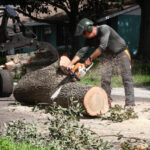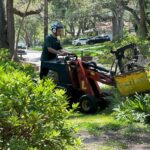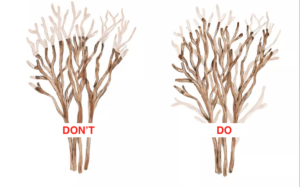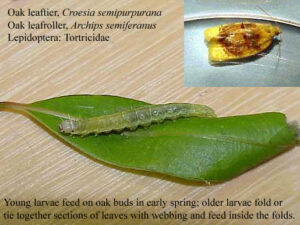ISA pruning practices: Why They Should Be Followed
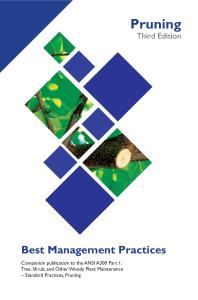
Pruning is a crucial part of tree care, essential for preserving the health, safety, and appearance of trees. The International Society of Arboriculture (ISA) has established a set of guidelines for proper tree pruning techniques, which we will explore in this article. Let’s delve into what ISA pruning practices are and why they are worth following.
Understanding practices
ISA pruning practices are a set of guidelines developed by the International Society of Arboriculture, a globally recognized authority in tree care. These practices are the result of extensive research and experience in arboriculture, serving as industry standards for responsible and effective tree pruning. The primary objective of pruning practices is to support healthy tree growth, maintain structural integrity, and minimize the risk of tree-related incidents.
Why You Should Follow ISA Practices
Tree Health and Vigor
Pruning practices prioritize the overall health and vitality of trees. Techniques such as selective branch removal, thinning, and crown cleaning improve air circulation, increase sunlight exposure, and encourage the growth of robust, well-structured branches. By adhering to the pruning practices, you can enhance the health of your trees, reducing the risk of diseases and bolstering their ability to withstand environmental pressures.

Structural Integrity and Safety
Trees with weak or structurally compromised branches can pose significant safety hazards. Pruning practices place emphasis on removing dead, damaged, or dangerous branches, minimizing the chances of branch failure and potential property damage. By following these practices, arborists can identify and address structural issues early on, ensuring tree stability and reducing the risk of accidents.
Aesthetics and Tree Form
Well-pruned trees contribute to the beauty and aesthetics of landscapes. Pruning practices focus on preserving the natural shape and appearance of trees, enhancing their visual appeal. Through proper pruning techniques, arborists can shape tree canopies, balance branch distribution, and eliminate unwanted growth, resulting in visually pleasing and well-maintained trees.
Long-Term Cost Savings
Adhering to pruning practices can lead to significant long-term cost savings in tree care. By addressing potential issues through proper pruning, arborists can prevent the need for more extensive corrective measures, such as tree removal or structural support systems. Regular pruning following ISA practices helps manage tree growth and minimizes the risk of future problems, ultimately saving both time and money.
Professional Standards and Expertise
Compliance with ISA pruning standards reflects a commitment to professional standards and expertise in tree care. Certified arborists who follow these practices have undergone training and education on the latest industry techniques. It is essential to engage the services of a tree care provider that adheres to ISA pruning standards to ensure the health and longevity of your trees. By hiring a certified arborist who follows ISA pruning practices, you can trust that your trees will receive skilled and knowledgeable care.
In conclusion, ISA pruning practices offer invaluable guidance for responsible and effective tree pruning. By following these practices, arborists can promote tree health, maintain structural integrity, enhance safety, and improve the overall appearance of trees. Hiring a certified arborist who adheres to ISA pruning practices ensures that your trees receive the best care, reaping the numerous benefits that proper pruning has to offer.

